Sporting dogs are dog breeds that are known and have been bred for their energy and athletic ability. These dogs are usually of a sturdier build, compared to other breeds, and are considerably easier to handle and train. The are also commonly called gun dogs, bird dogs, and hunting dogs.
Sporting dogs were originally bred as hunting dogs, but through selective breeding and training, these dogs have continuously evolved into the many different breeds that are now recognized.
Common examples of sporting dogs include the golden retriever, the Irish setter, and the Labrador retriever.
Sporting dog breeds are one of the seven dog types recognized by the American Kennel Club (AKC).
TABLE OF CONTENTS
Sporting Dog Overview
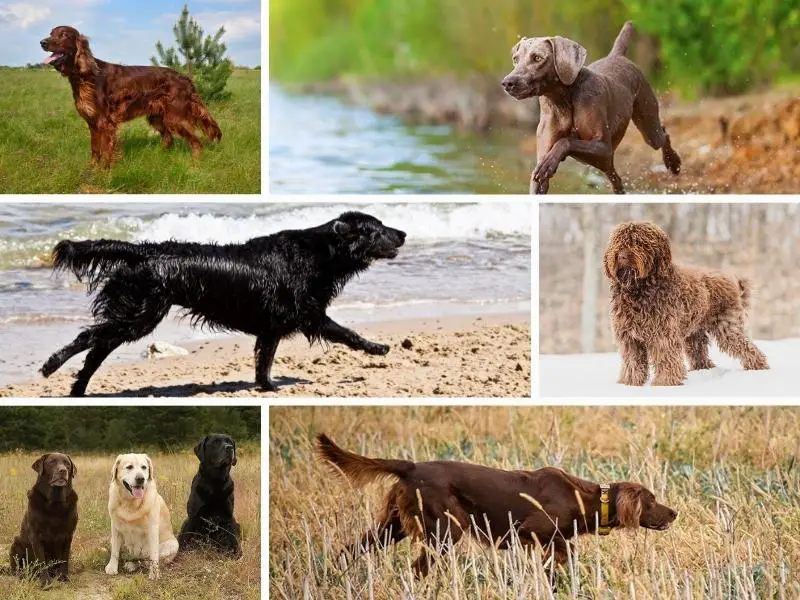
There are 32 types of sporting dog breeds that are recognized by the AKC. These breeds can vary significantly in size, appearance, and behavior.
Sporting dog breeds are typically divided into four categories:
- Spaniels: spaniels are a type of hunting dog that was bred to flush game or prey out of dense brush and foliage. These dogs are athletic and can move through thick brush and forest quickly.
- Pointers: pointing dogs are those that are typically used for finding game or prey. These dogs will freeze in place upon encountering prey, alerting their own to its presence.
- Retrievers: retrievers are another type of gun dog that is adept at and were bred to retrieve game for hunters. They are even-tempered and obedient. These dogs also have a ‘soft mouth’, meaning they will retrieve game and prey without damaging it.
- Setters: similar to pointers, setters are dogs that are used for finding game or prey. Historically, setters would lie down in front of the prey, allowing the hunter to throw a net over them, while pointers would physically point to the animal. Today, differences are largely based on appearance, with setters typically having longer coats.
The breed sizes range from 15–27 inches in height and 24–75 pounds.
The sporting dog’s thick fur coat protects these breeds from extreme environmental conditions, such as severe cold weather, and helps the dogs to easily adapt to both land and water environments.
Sporting dogs have a sturdier build than other breeds which enables these dogs to engage in more strenuous activities.
Large Sporting Dog Breeds
Sporting dog breeds are mostly medium sized-dogs, with the exception of English, Irish, and Gordon setters, which are considered large-sized dogs. Large sporting dogs weigh 45–75 pounds.
Golden Retriever
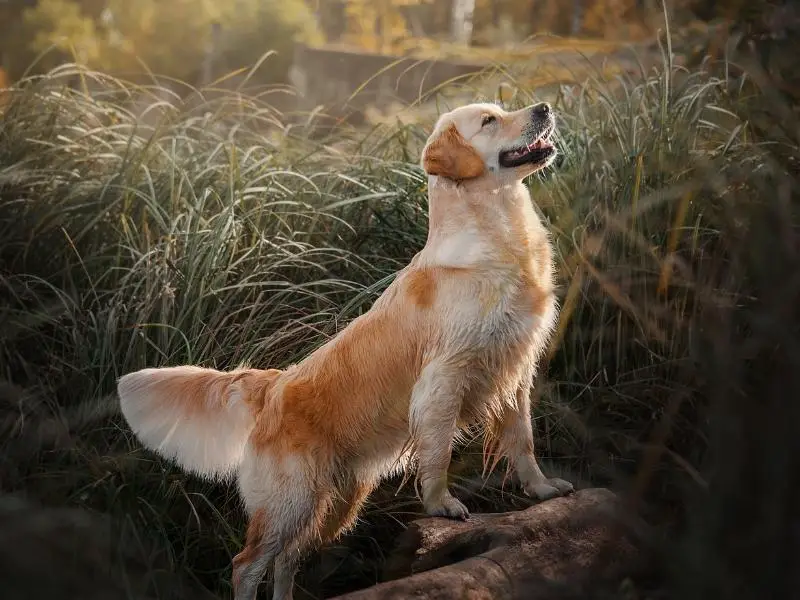
Golden retrievers are large sporting dogs that measure around 24 inches in height. Males weigh 65–75 pounds, while females weigh 55–65 pounds.
Golden retriever coats, as their name implies, are a golden brown color and are made up of two layers. The outer layer is made up of long, smooth hair and the inner layer, known as the undercoat, is fuzzy.
This breed has an incredibly pleasant temperament and is easy to train. Golden Retrievers are active dogs that need at least two hours of exercise per day along with regular walks.
Irish Setter
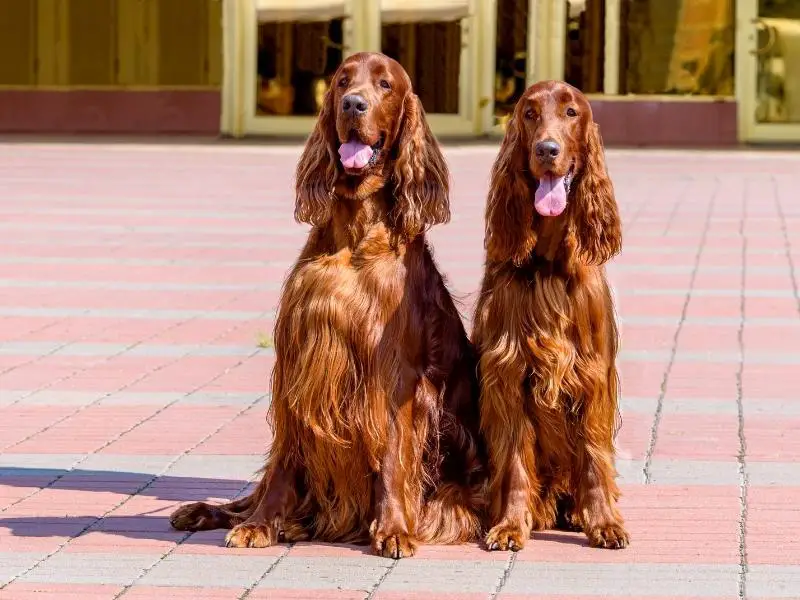
Irish setters are large sporting dogs that measure up to 27 inches in height and weigh around 70 pounds. These dogs have silky coats that are either mahogany or deep, chestnut red.
Irish setters are known for their playful personality, which makes them an easy favorite for many hunters. Irish setters are also easy to handle and train.
This breed has high energy levels and needs at least two hours of exercise per day.
Gordon Setter
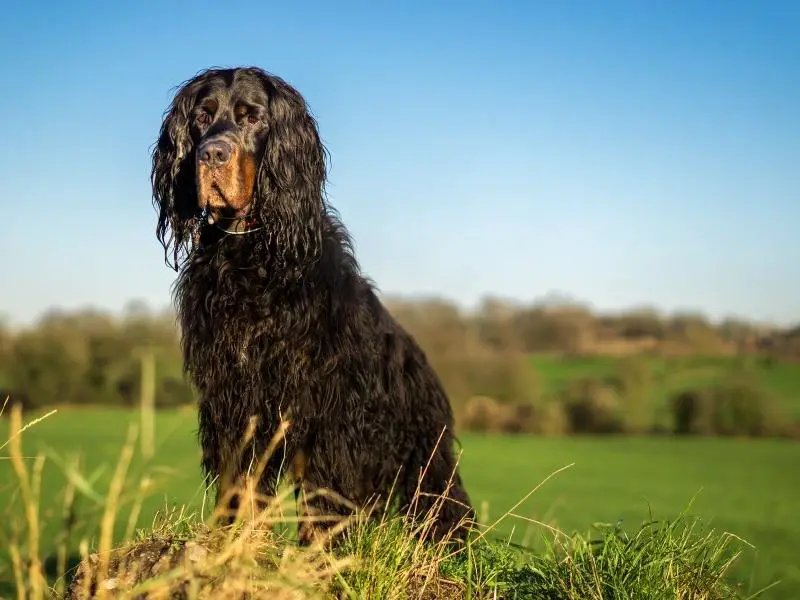
Gordon setters are the largest breed among the setters. They reach up to 27 inches in height and weigh up to 80 pounds.
This breed has a glossy black coat that is mixed with tan markings. Although frail-looking, these dogs can conquer even the toughest terrains.
Gordon setters can be loyal and playful. These dogs are also active, so owners will need to spend at least two hours exercising their dogs each day.
Labrador Retriever
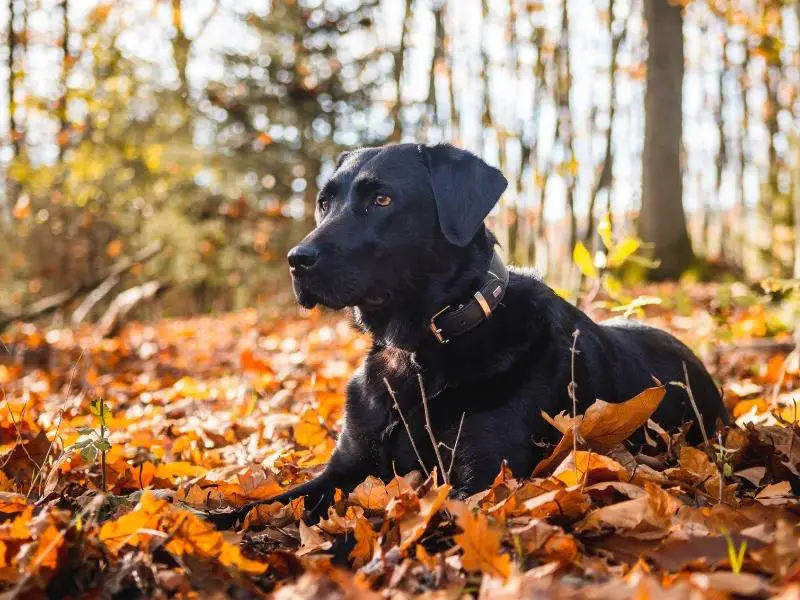
Labrador retrievers can grow as tall as 24 inches and weigh up to 79 pounds.
These dogs have double coats — a wiry topcoat and a softer undercoat. The wiry topcoat serves as a good water repellant, especially since labs love to play in the water. Retriever coats come in three colors: black, yellow, and chocolate.
Labrador retrievers are extremely smart and active. The breed’s playful nature makes it easy to have as pets, especially in households with children.
As sporting dogs, labrador retrievers need at least two hours of exercise each day to keep them healthy and satisfied.
Medium Sporting Dog Breeds
Medium-sized sporting dog breeds are less than 27 inches in height and weigh 20 to 60 pounds.
Some examples of medium-sized sporting dog breeds are the German shorthaired pointer, the Irish red and white setter, and the Irish water spaniel.
American Water Spaniel
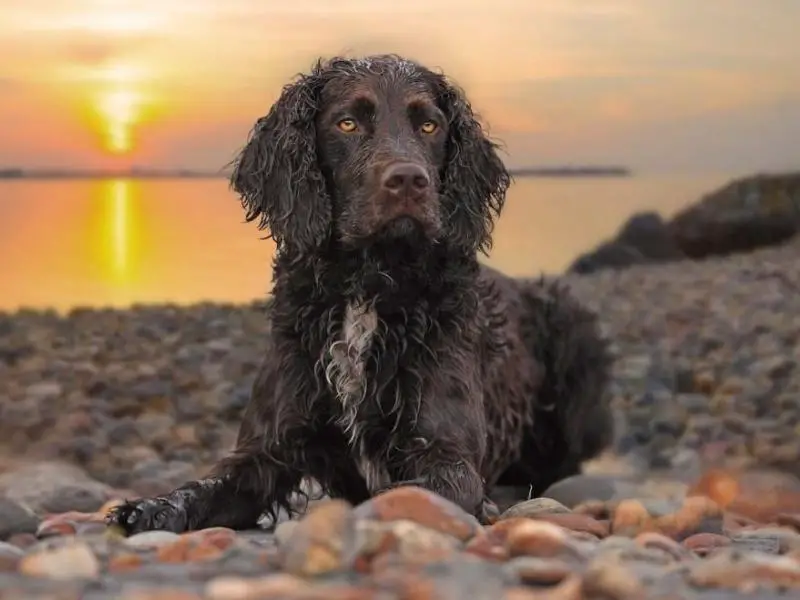
The American water spaniel is a medium-sized sporting dog that originated in the state of Wisconsin.
This breed typically grows to 14–18 inches tall. Males are heavier, weighing 30–44 pounds, while females weigh 24–39 pounds. American water spaniels have a wavy, brownish coat, and a solid build.
American water spaniels are highly energetic dogs that also tend to be incredibly wary of strangers, which makes them excellent guard dogs. These spaniels have a stubborn nature that makes them difficult to train.
This breed should have at least two hours of playtime each day along with walks.
German Wirehaired Pointer
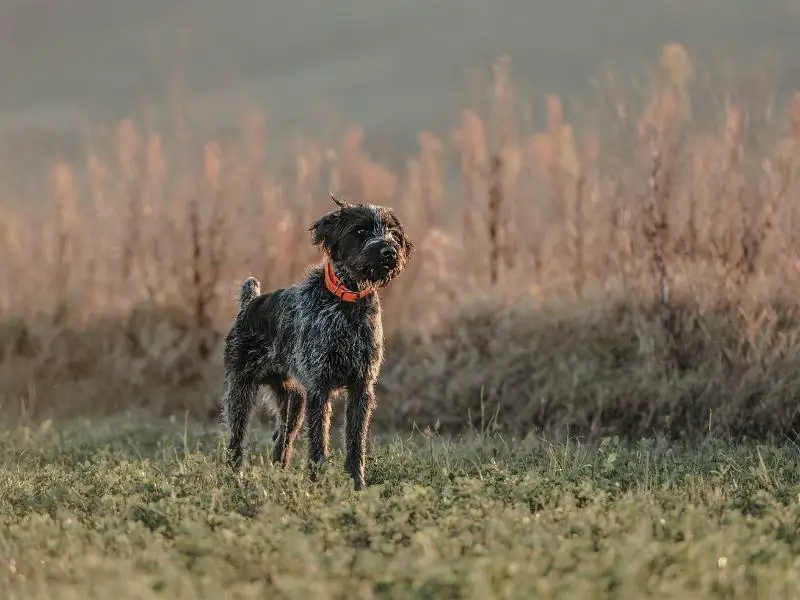
German wirehaired pointers are medium-sized sporting dogs that measure 24–25 inches in height. The males are slightly heavier, at 70 pounds, while females are lighter and around 60 pounds.
This breed has a hard coat with short, straight, flat fur and its coat is white with a mix of liver coloring.
These dogs are loyal and have an even temperament. German wirehaired pointers are also protective and make for good watchdogs. Although intelligent, this breed has a stubborn nature, so it’s best to have them trained by an experienced dog trainer.
German wirehaired pointers are very energetic and should have two hours, or more, of exercise each day, so these dogs would do well working with their owners.
Barbet
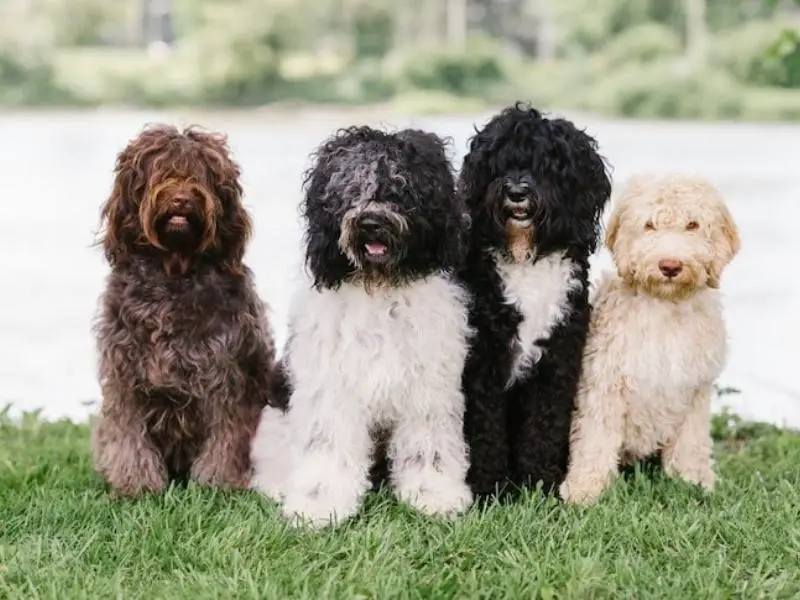
The barbet is a breed that originated in France. These dogs grow up to 36 inches tall and weigh up to 65 pounds.
The breed coats are made of long, curly hair and come in five colors: black, brown, fawn, gray, and white.
Barbet dogs have a friendly and gentle demeanor which makes them ideal pets in households with young children. Children can also provide great exercise opportunities for this breed, as these dogs should have an hour of playtime each day.
Nederlandse Kooikerhondje
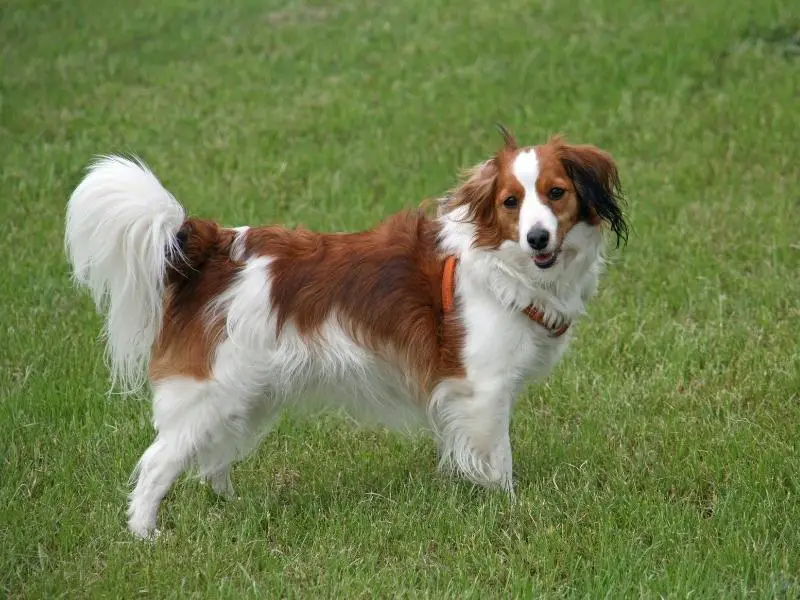
The Nederlandse kooikerhondje has a distinct white and red, straight-haired, medium-length outer coat. These sporting dogs can grow up to 27 inches tall, and weigh up to 30 pounds.
They are very friendly, alert, and easy to train. Kooikerhondje need plenty of attention and one hour of exercise per day.
Small Sporting Dog Breeds
Small sporting dog breeds usually include any sporting breed that measures less than 27 inches in height and weighs around 35 pounds.
Some examples of small sporting dog breeds include the Lagotto Romagnolo and the cocker spaniel.
Cocker Spaniel
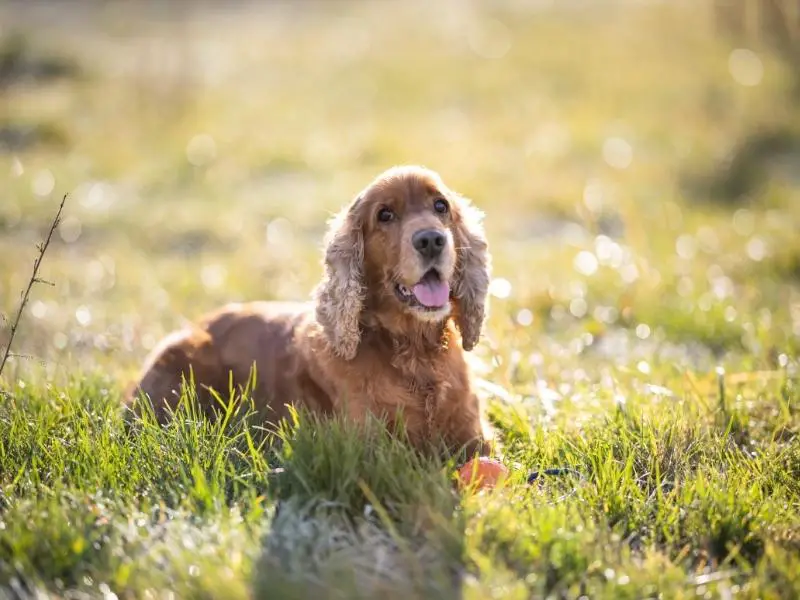
Cocker spaniels are small sporting dogs that measure 15–16 inches in height and weigh 29–32 pounds.
This spaniel breed is long-haired and comes with tan and white tickings, or markings, over colors like black, sable, golden, or liver. Cocker spaniels need lots of grooming because they have long fur coats. In addition to regular grooming, providing proper nutrition for Cocker spaniels is important to ensure their overall well-being.
The cocker spaniel needs plenty of attention from its owners, along with an hour of exercise each day, because this breed is playful and energetic. These dogs are sensitive, loving, intelligent, and easy to train, though the breed does scare easily.
Lagotto Romagnolo
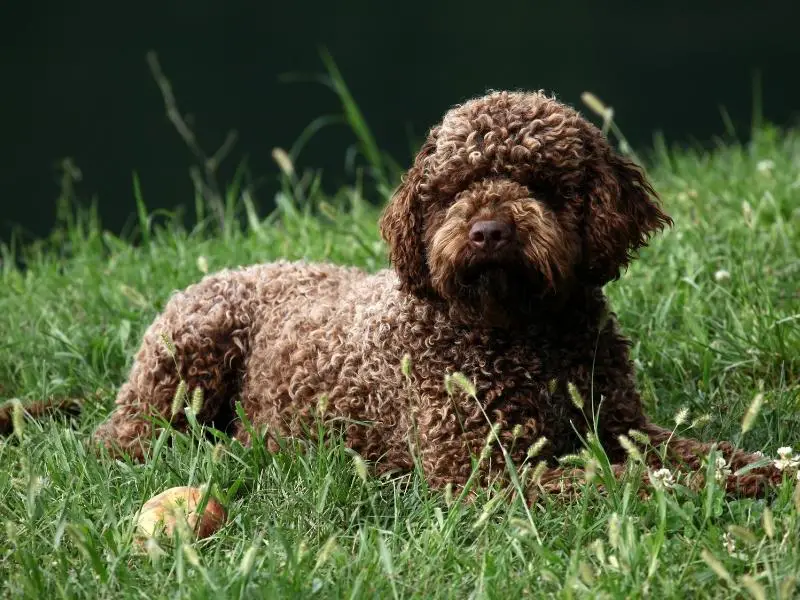
Lagotto Romagnolos grow to an average height of 16 inches and weigh between 24–28 pounds. The Lagotto Romagnolo has short, curly hair — similar in texture to wool — with a soft, warm undercoat.
These dogs are highly energetic and playful, just like all other sporting dogs, and Romagnolos need more than two hours of exercise per day to be satisfied.
The breed is easily trained, and training can be done at a very early age.
Sporting Dog Breed Mixes
Sporting dog mixes are bred by mating two different breeds of sporting dogs. Because they are cross-bred, sporting dog mixes may exhibit physical characteristics taken from both parents.
Due to the fact that they can acquire any kind of physical trait, sporting dog mixes may have features similar to other sporting dogs, but these features will not be as clearly defined as those from pure breeds.
In terms of temperament, sporting dog mixes will likely have the same temperaments as their parents, as long as both parents come from a sporting dog line.
Caring for Sporting Dogs
Owning a Sporting dog requires dedication and commitment to their physical and emotional well-being. These energetic and loyal companions thrive on regular exercise, mental stimulation, and a nurturing environment. Here are some essential aspects of caring for these active dogs:
Grooming
- Regular brushing: Sporting dogs typically have dense coats that require regular brushing to prevent matting and maintain a healthy shine. The frequency of brushing depends on the breed and coat type. Long-haired breeds like Golden Retrievers may need daily brushing, while short-haired breeds like German Shorthaired Pointers may require less frequent brushing.
- Bathing: While most Sporting dogs don’t require frequent baths, occasional dips are necessary to remove dirt, debris, and excess odor. Use a mild shampoo specifically formulated for dogs, avoiding harsh detergents that can strip their natural oils.
- Ear care: Regularly check and clean your Sporting dog’s ears to prevent ear infections. Use a soft, damp cloth to gently remove dirt and wax buildup, avoiding deep cleaning that can irritate the ear canal.
- Nail trimming: Regularly trim your Sporting dog’s nails to prevent overgrowth and discomfort. Use blunt-tip nail trimmers and avoid cutting the quick, which contains blood vessels and nerves. Start with small trims and gradually increase the frequency as needed.
Feeding
- High-quality diet: Provide your Sporting dog with a high-quality diet formulated for their age, activity level, and breed. Choose a diet rich in protein, carbohydrates, and essential nutrients to support their energetic lifestyle.
- Regular meals: Sporting dogs require regular meals to maintain their energy levels and support their active lifestyles. Adjust the meal frequency and portion size based on your dog’s individual needs. Puppies may require multiple meals throughout the day, while adult dogs may thrive on two meals a day.
Check out our food recommendations for different Sporting dog breeds:
- Food for German Shorthaired Pointers
- Food for American Bully
- Food for Golden Retrievers
- Food for Labradors
- Food for Cocker Spaniels
Ensure your Sporting dog always has access to fresh, clean water. Replace the water daily and clean the water bowl regularly to prevent bacterial growth.
Exercise
- Daily exercise: Sporting dogs require daily exercise to channel their energy and maintain their physical and mental well-being. Engage them in activities that match their energy levels and interests.
- Vigorous walks: Regular walks are essential for Sporting dogs, providing opportunities for physical exertion and mental stimulation. Aim for at least an hour of brisk walking or jogging daily.
- Fetch games: Fetch is an excellent exercise and bonding activity for Sporting dogs, satisfying their natural prey drive and stimulating their minds.
- Swimming: Swimming is a low-impact exercise that provides excellent cardiovascular conditioning and muscle toning for Sporting dogs.
- Agility training: Agility training challenges Sporting dogs physically and mentally, enhancing their coordination, obedience, and problem-solving skills.
- Off-leash opportunities: When possible, provide your Sporting dog with safe off-leash opportunities to run, play, and explore their natural instincts. Ensure they have a reliable recall and proper training before allowing them off-leash in public areas.
Should You Get a Sporting Dog Breed?
Sporting dog breeds are highly sociable and loyal which makes them ideal family pets, especially in homes with young children.
They require lots of attention and should be exercised frequently to stay healthy. This can be time-consuming.
Sporting dogs tend to be clingy and are, in general, in need of constant attention. If you have a busy lifestyle, then these dogs may not be the best match for you.

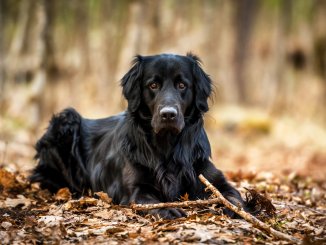
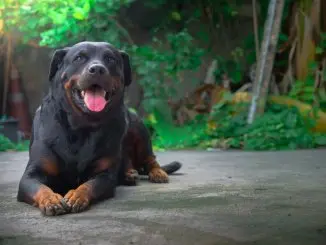
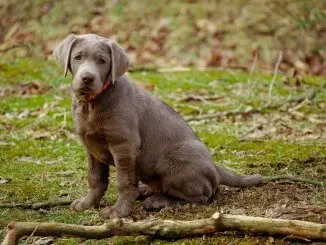
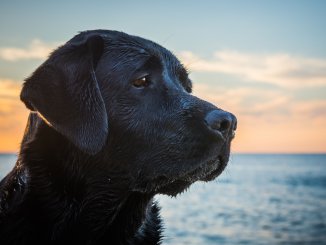
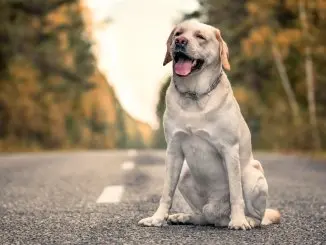
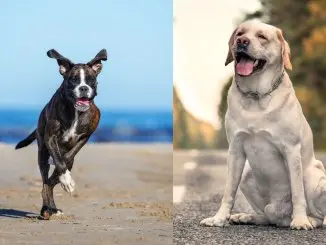
Be the first to comment